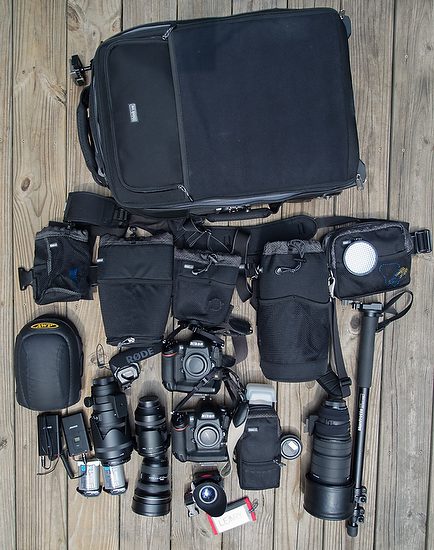The more I teach, the more I believe you can do much more with much less.
To be a successful photographer, you need camera gear, but I believe this is something you acquire over time, not something even if you had unlimited funds to buy everything you think you will ever need.
If you want to join me in my multimedia workshop in Honduras, this is the basic kit I recommend:
- DSLR or Mirrorless camera and lens
- Microphone input
- Headphone output
- Lavalier microphone
- Headphones rather than earbuds
- Tripod
- LCD Viewfinder
- Laptop
- Adobe Premier or Final Cut
- Photo editing software [Adobe Lightroom]
While keeping your gear essential can help you concentrate more on capturing than figuring out how to use all that gear, you will be surprised that as a teacher, I am focusing on getting you walking rather than running.
Why?
We need to remember why you are learning how to do multimedia storytelling. You have a person/organization wanting to get their message out to an audience to get them involved.
In pure journalism, the reporter keeps their audience informed so they can choose how they want to get involved. Most of the time, this is through their voting, volunteering, or even advocacy work they may choose to do.
Unless you are independently wealthy, you cannot be creating stories just for yourself because it is fun. While the subjects you will cover may want people to get involved, the audience will determine if they think it is compelling enough to warrant their attention.
An audience is more motivated to take action when something impacts them. Again this is why journalists keep the story’s impact on the audience paramount.
Once you understand who your audience is and what concerns them finding those stories they might be interested in is far more effective than just finding exciting stories for you.
The Story
You must dig deep and know far more about the subject than you will ever tell in a story. We have heard the analogy used repeatedly, but speaking just the tip of the iceberg story is so essential to make it an engaging story.
While facts are super important in a story, emotions connect and pull the audience into the story much more than facts.
I would say that the facts are the Queen of the story, but the emotions are the King of the story.
There are two effective ways to capture emotions: 1) Visuals & 2) Words.
I believe the most impactful visual is the still photo because people need to pause on the image to absorb a genuinely emotional moment. But, just as importantly, I think the audio recording of the human voice is the most powerful way to communicate emotions. So, in combination, you can deliver that one-two punch.
“I didn’t have time to write a short letter, so I wrote a long one instead.”
― Mark Twain
The most powerful stories are well crafted and keep you on the edge of your seat. To do so takes a lot of time. Time to understand the audience, the subject, and the storytelling skills to craft a captivating story.
Come with Gary S. Chapman and me to Honduras. We have great stories that need telling, and many audiences want to hear those stories.




